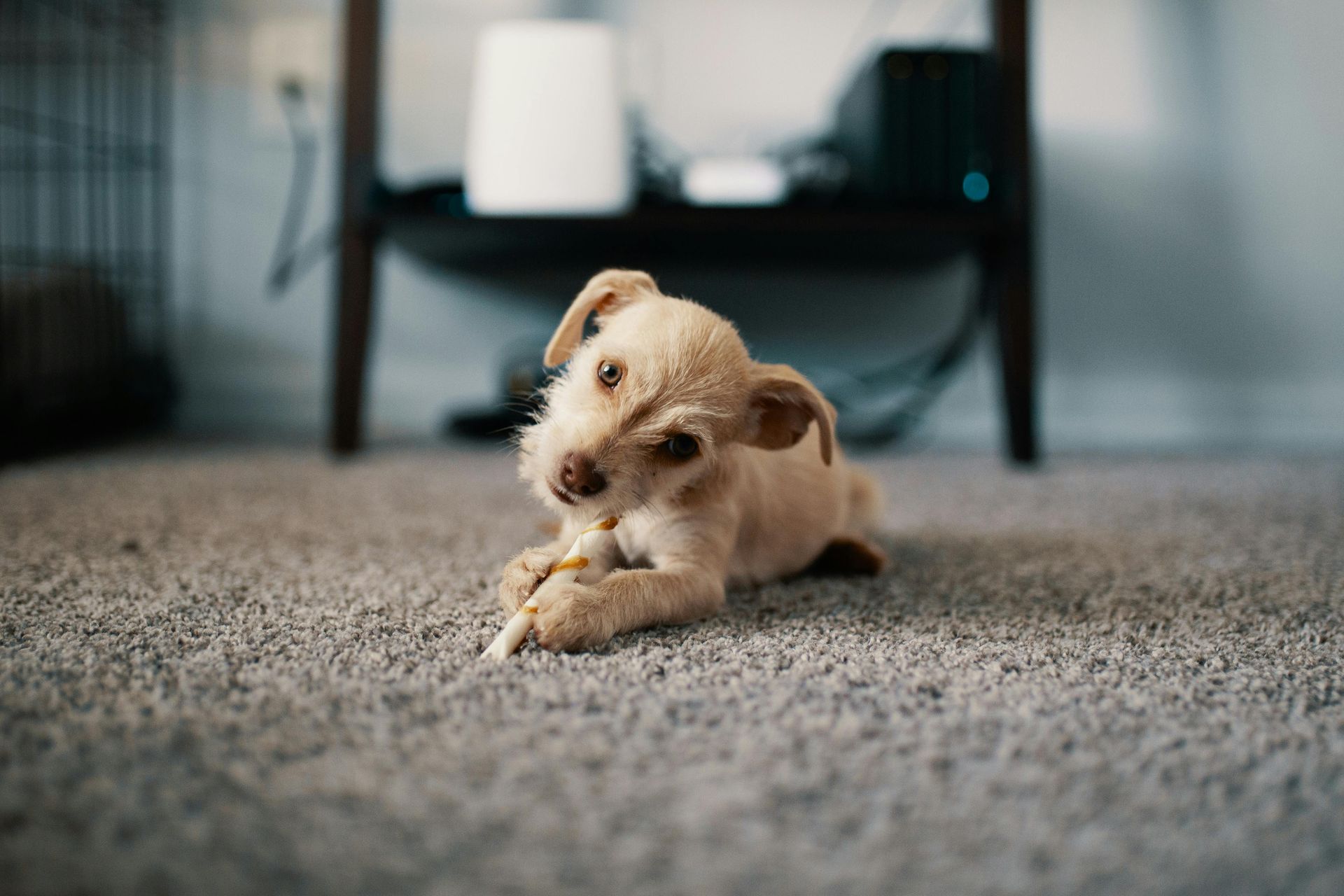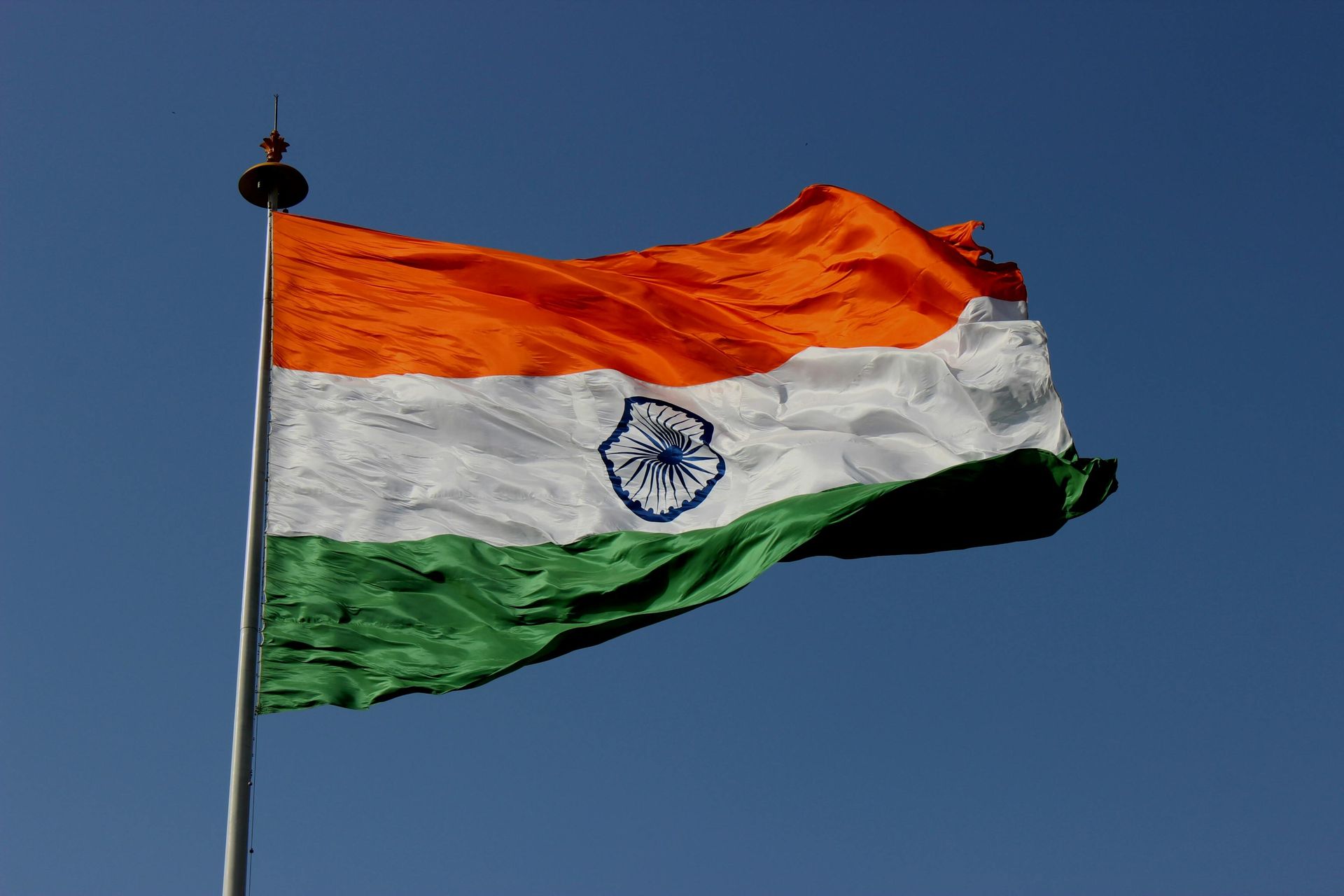3D Printing in Textiles: A Revolution in Fabric Innovation
3D Printing in Textiles - An Overview
Textile manufacturing is experiencing a transformation like never before, and at the heart of this change is 3D printing. What started as a technology for industries like aerospace and automotive has now found its way into the world of fabrics and fashion, bringing new possibilities for how we design and produce textiles. And the best part? This shift is not only about creating cutting-edge designs—it’s about sustainability, customization, and pushing the boundaries of what’s possible.
A Greener Way to Make Fabrics
One of the biggest advantages of 3D printing in textiles is its potential to make the industry more sustainable. Traditional methods often involve using a lot of water, energy, and materials—resulting in waste. With 3D printing, fabric is made layer by layer, using just the right amount of material for the design. This cuts down on waste, making the whole process more efficient and eco-friendly.
Even better, many of the materials used in 3D printing are recyclable or biodegradable, which means the environmental footprint is significantly reduced. With growing concerns about the planet, 3D printing offers a practical solution for the textile industry to rethink its methods and reduce its impact on the environment.
Tailored to Perfection
Customization is another exciting benefit of 3D printing. Normally, creating tailored fabrics or garments can be costly and time-consuming. But with 3D printing, it’s much easier and faster to create designs that are unique to each person’s preferences—whether it’s the fit, texture, or pattern.
Imagine being able to order a piece of clothing that’s made exactly to your measurements and style choices, with no need for alterations. That’s the kind of flexibility this technology brings, and it’s changing the game for everything from high fashion to sportswear. The ability to personalize clothing opens up a new world of possibilities for both designers and consumers alike.
Innovative Designs Like Never Before
Perhaps the most exciting part of 3D printing in textiles is the design freedom it offers. Complex structures, intricate patterns, and shapes that were once impossible to achieve with traditional methods are now within reach. Designers can experiment with new materials and create fabric that’s not only aesthetically interesting but also highly functional.
For industries like medical textiles and performance wear, this means the ability to create fabrics that are stronger, more flexible, or even reactive to the wearer’s body—think of smart fabrics that adjust to temperature or track your health. This opens up so many possibilities for what textiles can do beyond just looking good.
How Beekaylon is Innovating
Beekaylon’s Commitment to Innovation in 3D Printing and Sustainable Textiles
At Beekaylon, we are proud to be at the forefront of textile innovation, leveraging advanced technologies such as 3D printing to revolutionize the industry. Through our brands like Poly-Go-Round, Puriflex and our partnership with CiClo, we are driving sustainability and customization in textile manufacturing. Whether it’s creating eco-friendly fabrics or exploring new avenues for durable, lightweight materials, our commitment remains rooted in delivering high-quality solutions that meet the ever-evolving demands of the market. Beekaylon ensures that these cutting-edge innovations contribute to a more sustainable future, offering clients versatile and environmentally responsible textile options.
At Beekaylon, we’ve always believed that innovation is key to staying ahead. That’s why we’re excited about the potential of 3D printing and how it’s reshaping the textile industry. While we continue to explore the applications of 3D printing, we’re also committed to sustainable practices, using eco-friendly and recyclable materials wherever possible.
Our goal is to not only stay on top of the latest trends but to lead the way in developing durable and customizable fabric solutions that meet the needs of our customers. Whether it’s improving the quality of our textiles or finding more efficient ways to produce them, we’re always looking for ways to innovate and push the boundaries of what’s possible.
Wrapping Up
It’s clear that 3D printing is revolutionizing the textile industry. The ability to create sustainable, customizable, and innovative fabrics is changing the way we think about manufacturing and design. And as more companies, including Beekaylon, embrace these advancements, the future of textiles is looking more exciting than ever.
This technology is still evolving, but one thing’s for sure—3D printing is set to reshape the fabric of our lives, from what we wear to how we produce it.



